Smoke damage can devastate your property, and understanding the different types of smoke damage is crucial for effective restoration and prevention.
According to the National Fire Protection Association (NFPA), U.S. fire departments respond to an average of 350,800 home structure fires annually. This guide will explore the various kinds of smoke, their sources, and how they affect your home or business.
Types of Smoke Damage
When discussing the types of smoke damage, it’s essential to recognize that smoke isn’t a one-size-fits-all phenomenon. Different fires produce different types of smoke, each with unique characteristics and impacts on property.
- Dry Smoke
- Source: Fast-burning fires fueled by paper, wood, or other natural materials.
- Characteristics: Dry smoke residues are powdery and dry, making them easier to clean than other smoke types. However, the high temperatures associated with these fires can cause extensive heat damage, leading to charring and warping of surfaces.
- Impact: Dry smoke’s primary concern is its ability to settle into porous materials like wood, drywall, and fabrics, leaving behind a persistent odor and potential discoloration.
- Wet Smoke
- Source: Slow-burning fires fueled by rubber, plastics, or synthetic materials.
- Characteristics: Wet smoke is characterized by its sticky, thick, and smelly residue, which is difficult to clean. This smoke smolders at lower temperatures, often producing more soot and less visible flames.
- Impact: Wet smoke can penetrate deep into surfaces and materials, making removing them challenging. The lingering odor and potential for corrosion are significant concerns.
- Protein Smoke
- Source: Kitchen fires involving the burning of food or other organic materials.
- Characteristics: Protein smoke is virtually invisible but has a strong, pungent odor. The residues are greasy and can adhere stubbornly to surfaces.
- Impact: Protein smoke can discolor paints, varnishes, and finishes, requiring thorough cleaning and sometimes refinishing affected areas. The odor can permeate the entire structure, making deodorization a critical step in restoration.
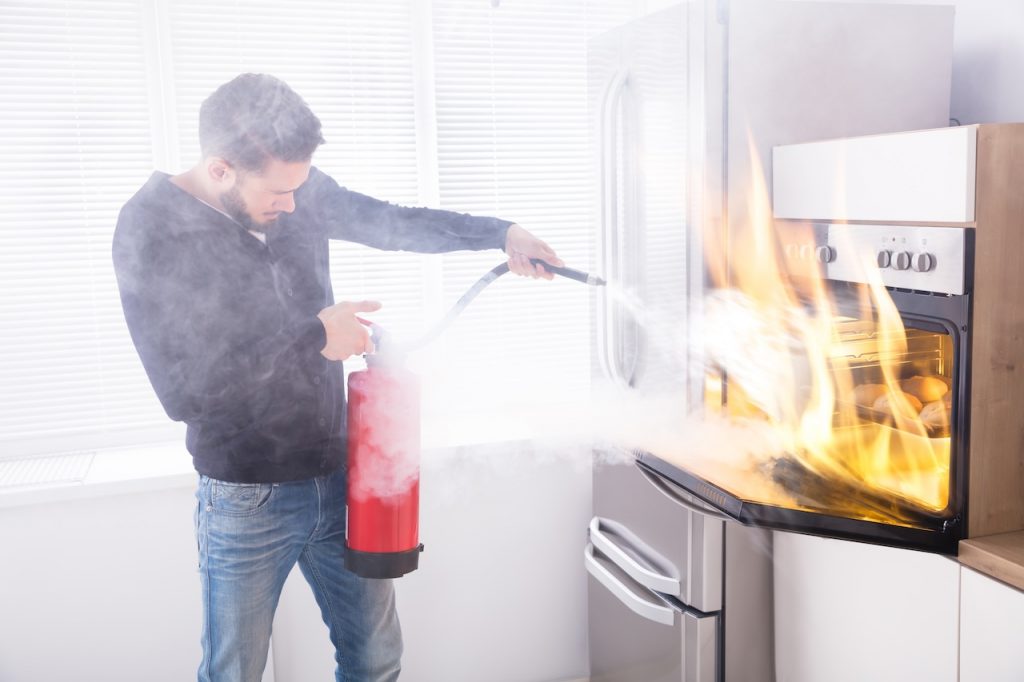
A kitchen fire often produces protein smoke from burning food.
- Fuel Oil Smoke
- Source: Furnace puff backs or malfunctioning oil-burning heaters.
- Characteristics: This type of smoke is dense, sticky, and carries a strong odor. It results from the incomplete oil combustion, leading to soot that clings to surfaces.
- Impact: Fuel oil smoke can spread throughout a building via the HVAC system, contaminating carpets, furniture, and other household items. Cleaning up after fuel oil smoke damage often requires specialized techniques and equipment.
Impact on Property
The impact of smoke damage on your property can vary depending on the type of smoke involved. Here are some common issues caused by the different types of smoke damage:
- Structural Damage: The heat from fires can weaken a building’s structural integrity, while smoke can infiltrate walls, ceilings, and other structural components.
- Discoloration: Smoke residues can stain walls, ceilings, and other surfaces, leading to unsightly discoloration that can be difficult to remove.
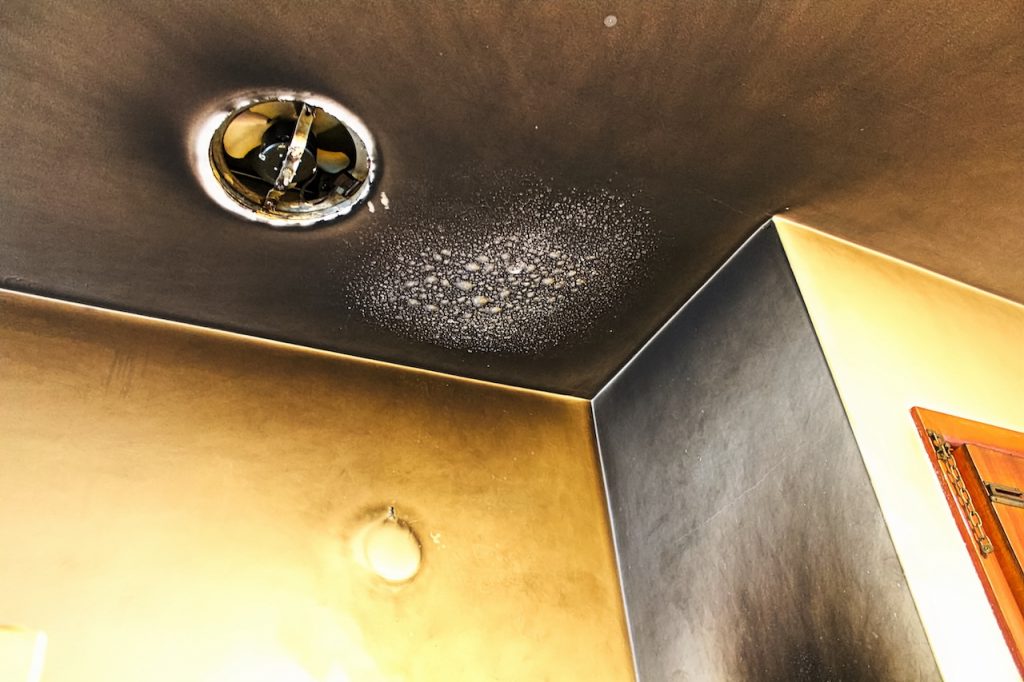
Smoke damage is oftentimes difficult to remove, depending on the point at which it burns.
- Odor: One of the most persistent problems associated with smoke damage is the lingering odor. Different types of smoke damage can produce various smells, all of which can be challenging to eradicate.
- Corrosion: Smoke contains acidic components that can corrode metals, electronics, and other materials, leading to potential long-term damage if not properly addressed.
- Health Risks: Inhalation of smoke residues can pose health risks, including respiratory issues and allergic reactions. Proper cleaning and restoration are essential for a safe living or working environment.
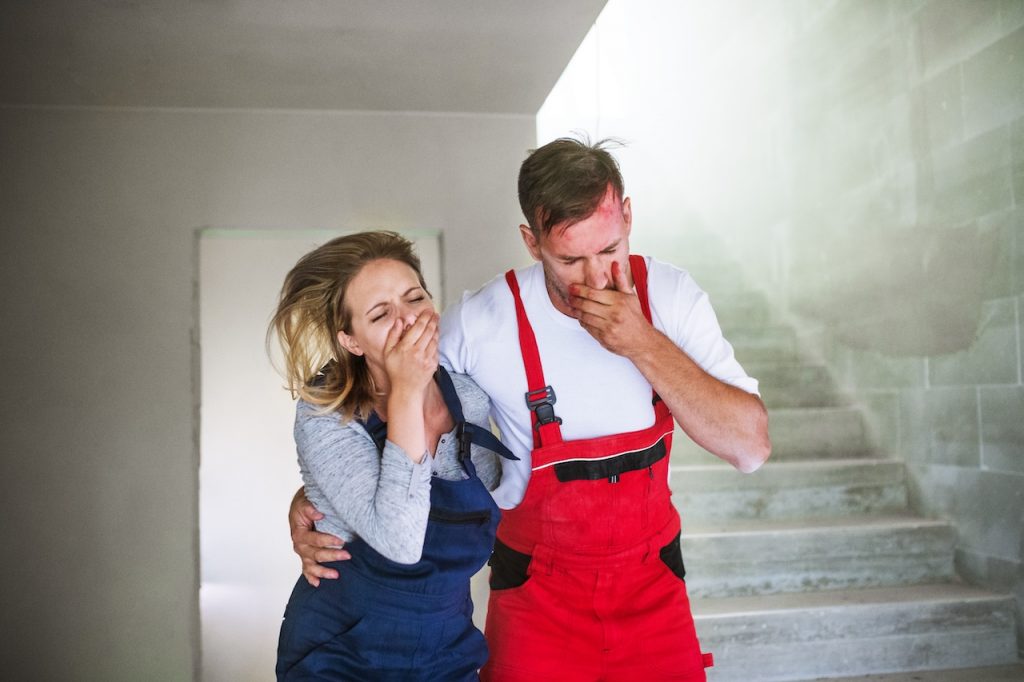
Smoke inhalation causes respiratory issues and allergic reactions.
Restoration and Prevention
Understanding the types of smoke damage is the first step in effective restoration. Professional restoration services use specialized techniques to clean, deodorize, and restore your property. It’s also important to take preventive measures, such as installing smoke detectors, maintaining heating systems, and using fire-resistant building materials.
If You Have Smoke Damage, Call PuroClean Emergency Restoration Services Today!
Fire damage can significantly threaten your property, compromising its structure and aesthetics. The aftermath of a fire can be overwhelming, with smoke, soot, and water damage further complicating the situation.
If you discover fire damage in your property, give PuroClean Emergency Restoration Services a call today at (618) 206-7055! Our experts are ready to tackle your fire damage restoration needs!
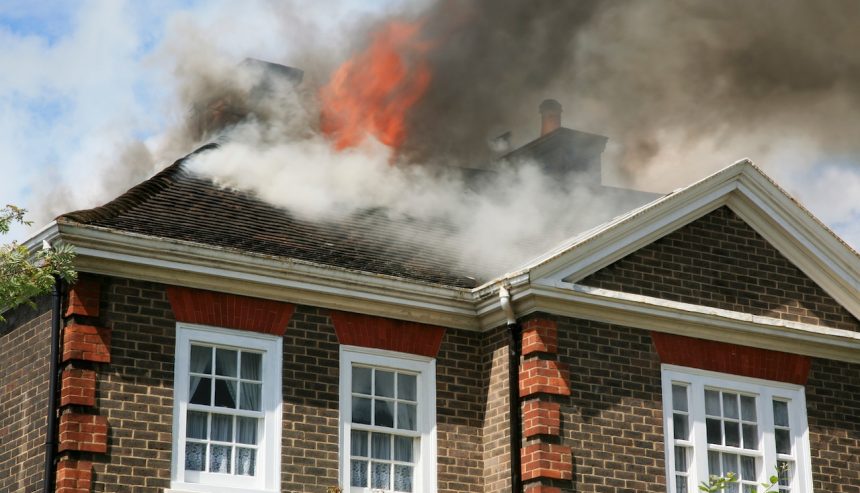

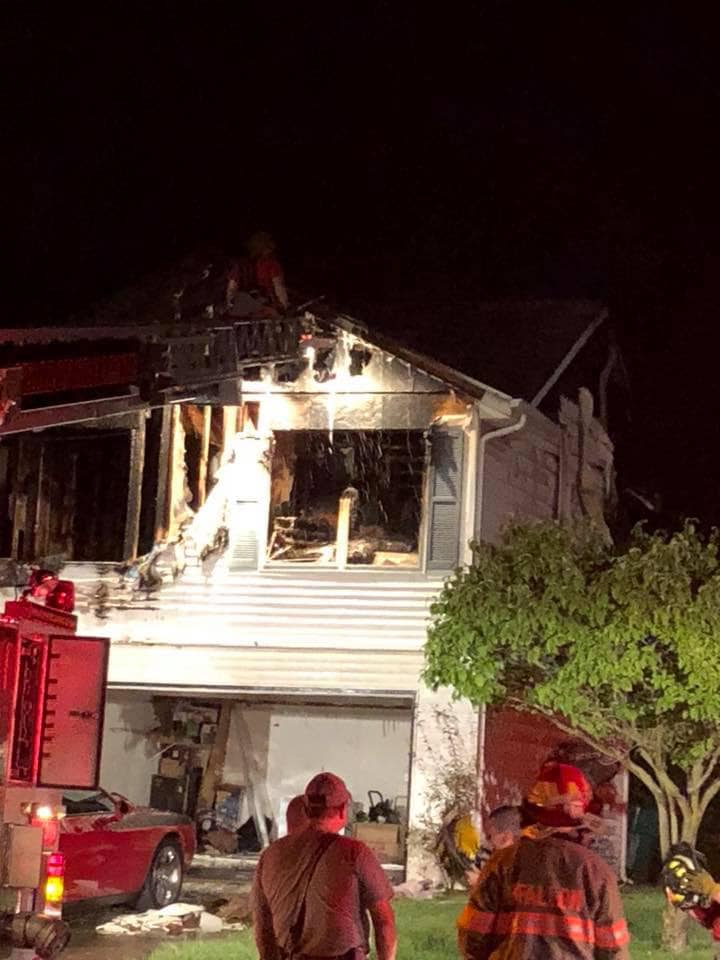
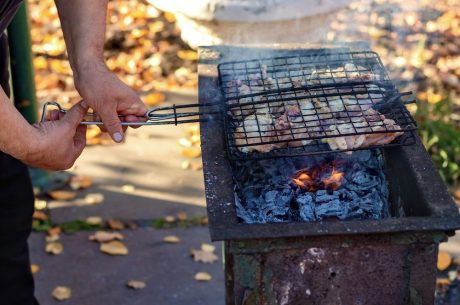
 PuroClean Emergency Restoration Services
PuroClean Emergency Restoration Services